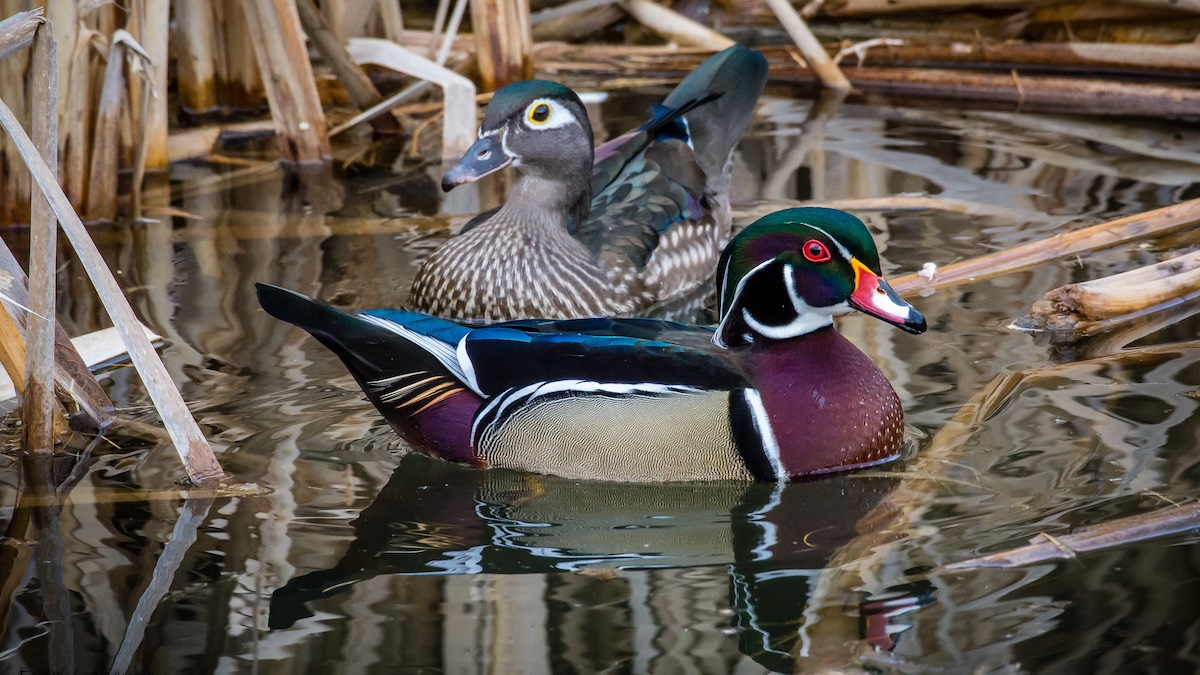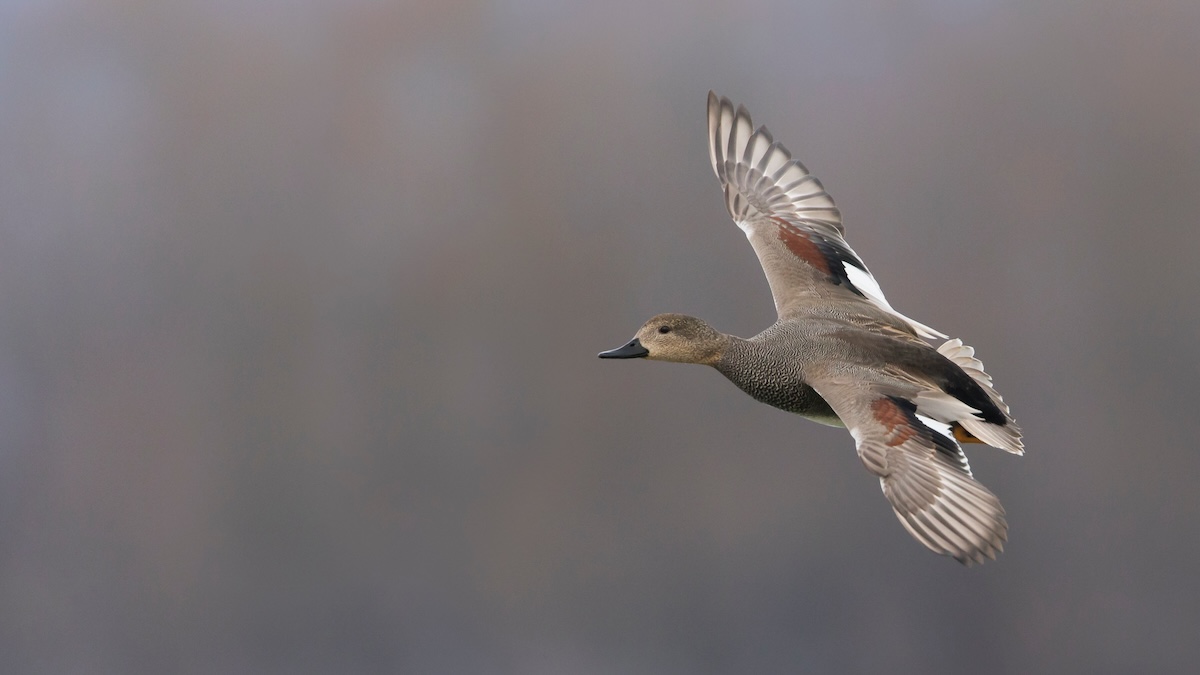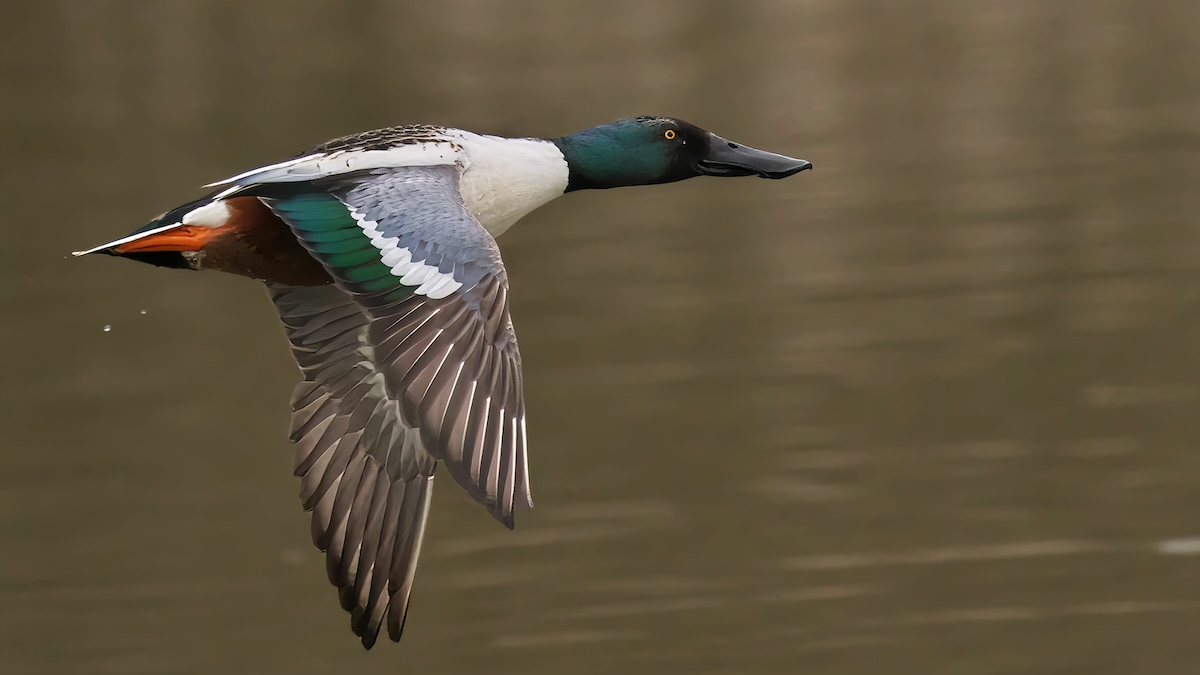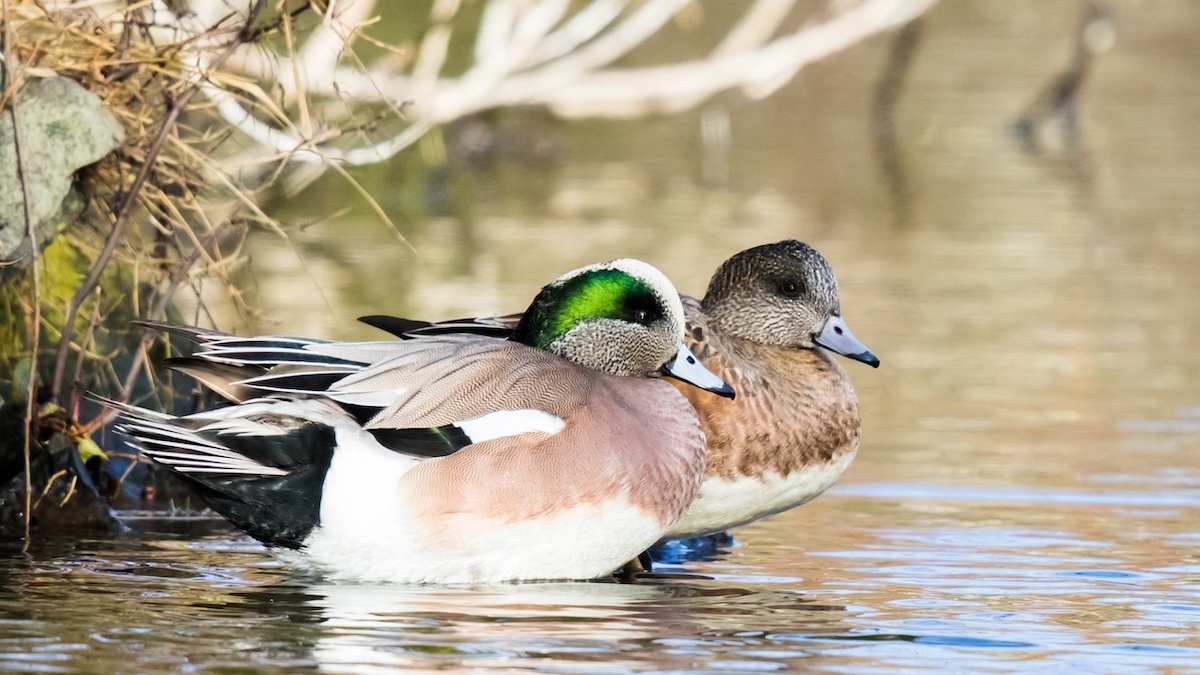In the world of duck hunting, the mallard is king. These iconic green-headed birds dominate not only the minds of avid waterfowlers but also duck hunting culture itself. Images of mallards are seen on hunting prints and posters, on duck hunting products, magazines, and even shotguns.
Most duck-hunting TV shows and other media focus on mallard hunting, and I’ve even seen the birds tattooed across hunter’s chests and arms. It’s easy to say that, like the largemouth bass and the whitetail deer, the mallard is America’s favorite duck. Yet that doesn’t mean it’s the only duck you should be hunting.
Our country is home to over 2,000 species of waterfowl, and almost every one of them can be harvested. However, the reason that mallards take up the bulk of the attention is that they are one of the largest and most popular members of the group known as puddle ducks.
These shallow-water-frequenting waterfowl, which tip themselves in the water to feed rather than diving, are incredibly fun to hunt and are easily the best-tasting ducks in the waterfowl menagerie. However, while mallards and, to some extent, pintail and teal, get most of the intention from duck hunters, these birds are only the tip of the puddle duck iceberg as there are a plethora of other tasty dabblers out there that are well worth your attention.
American Black Duck
Black ducks are perhaps the most overlooked puddle duck because they are usually mistaken for mallards. At around the same size and shape, black ducks have the same rounded heads, thick bills, and bulky bodies distinct in mallards, except with much darker plumage.
Native to the East Coast, black ducks actually interbreed regularly and extensively with mallards, with the hybrid species being almost impossible to identify. Despite their close relation to the mallard, though, hunting black ducks can be an entirely different experience as “blackies” can be extremely elusive.
Unlike mallards, which will stack up in huge flocks in open water, black ducks prefer to hide under cover. The birds will land among and hide in thick stands of cattails, reeds, and other plant life, preferring to spend the bulk of their time in smaller pools of water rather than open expanses.
Hunting them usually means dropping a few decoys in small areas of dense cover where they can still be easily seen from the air and then hunkering down with little to no calling. It can be a game of patience, but the rewards can be immense as once a few black ducks commit to your spread, they’ll come in and land without hesitation, providing some easy shooting.

Wood Duck
There’s no other duck that’s as pretty as a woodie. With the males having their distinct green crested heads, highlighted with creamy streaks of white and iridescent oranges and reds, and their bodies and wings dappled with bright blues over a chestnut breast, wood ducks stand out as true beauty queens in the waterfowl world.
Many hunters pursue wood ducks because they make excellent table fare and high-quality, beautiful mounts for the wall. Another Eastern puddle duck, wood ducks range from New England to the Carolinas, where they fly at high speeds through thick cover and fill the air with their distinct whistling calls.
Hunting wood ducks means finding the type of habitat that gives them their name—wood. Unlike other puddle ducks that prefer agricultural fields and wide open marshes, wood ducks are usually best found over flooded timber, on water bodies like inland lakes and beaver ponds that are enclosed by trees, and on marsh edges that run into the forest.
The birds love company, so hunting them can be quite similar to hunting turkeys in that they are very responsive to, and will even come swimming into calls. With only a couple of decoys set up in the timber and a rapid series of calls, you can bring wood ducks in from all sides where they’ll line up right in your shotgun sights.

Gadwall
Gadwall, gray ducks, or gaddies, as most hunters call them, are another very distinctive member of the puddle duck family that is often overlooked for its lack of plumage. Unlike other puddle duck species that are dappled in brilliant greens and blues, gadwall are just sort of…dull looking. The hens look almost exactly like hen mallards with their mottled brown plumage, while the males are pretty much just gray.
However, what they lack in color, they more than make up for in tastiness as gadwall are on par flavor-wise with any other duck out there, and there are plenty of them to be had. One of the most plentiful puddle duck species, gadwall have a range that extends from coast to coast and can fill hunter’s freezers from Canada to Texas.
Gadwall hunting is all about creating movement and finding cover. The ducks are huge fans of wing and water motion so spinner decoys, fluttering fans, and jerk-string setups are all extremely effective for them. However, it can be hard to camouflage yourself from the birds as gadwalls are big fans of open wetlands, prairie lakes, and wet grasslands or marshes with sparse vegetation around their fringes. Therefore, it’s best to hunt them from a permanent or portable duck blind where you can hide out and draw the ducks in without being seen.

Northern Shoveler
Shovelers, or spoonbills, as they’re often called, get a bad rap from a lot of duck hunters. They have a varied diet where they use their uniquely wide and characteristic bills to filter both vegetation and small crustaceans from the water. Many believe that this gives the ducks an unappetizing flavor.
However, just like other questionable victuals from Brussels sprouts to bear meat, don’t knock shovelers until you try them. Personally, I’ve always liked eating shovelers, finding their meat to have a stronger, more distinct flavor that compares with mallard. Kind of like mule deer compared to whitetail—it’s not bad, it’s just different from what we’re used to eating.
Another thing that should raise the reputation of the Northern Shoveler among waterfowlers and especially new-duck hunters is that they’re fairly easy to hunt. Shovelers have a vast range across North America and are simple to find as they will land and feed anywhere from coastal marshes, beaver ponds, slow-moving rivers, and even large and deep lakes. In fact, anywhere you find water with shallow access to aquatic vegetation, chances are a shoveler will be swimming through it sooner or later.
The birds are extremely attracted to decoys of any kind and will land among spreads willingly and easily. So, the easiest way to hunt them is to throw out a swath of decoys along the edges of the water and wait for shovelers to fly or swim over to say hello. In addition to their being easily fooled by decoys, shovelers are also notoriously slow flyers with almost lethargic and rhythmic wingbeats, making them a great target for rookie duck hunters and for hunters with kids as they’re easy to hit and provide a lot of bang for your buck.

Widgeon
Few other ducks are more distinct and more fun to hunt than the widgeon. Like wood ducks, these medium-sized, fast-flying puddle ducks have incredibly beautiful plumage, with both males and females being dappled with a variety of luminescent grays and powdery whites. In addition, drake widgeons have a very distinctive, bright green stripe running along their head with a snowy white cap. In short, they’re a handsome, distinguished-looking duck that can make for some of the best meals you’ve ever had. That is, so long as you can find them.
Though they are present in all four of the North American Flyways, wigeon are most commonly found in the Central and Western US and along the Pacific Coast. Like other puddle ducks, they prefer to feed and rest in flooded pastures and grass fields but seem to gravitate toward larger, more open bodies of water. You can find huge flocks of widgeon on lakes, ponds, and tidal marshes.
Not being too particular about who they hang out with, you can attract widgeons with any puddle duck decoys so long as it’s a large spread of a dozen or more birds. They love companionship, so the more decoys you use for widgeon, the better. Once you’ve got your decoys out, you can add to your chances of success by making the birds’ distinct breathy “who-WHEET-whooo” call, which is fairly easy to do with just the human voice and can have the birds flocking in by the dozen if you do it right.
The Spice of Life
Over the years, I’ve run into a lot of duck hunters leaving the water early because “the mallards aren’t there yet.” It’s a sad situation to see and one that can easily be avoided. While the mallard may be the icon of the duck-hunting world, they’re not the only ducks out there.
By opening yourself up to other duck species and other types of duck hunting, you’re making yourself a more complete waterfowler. Or, at the very least, you’re getting some shots in and some duck meat on the table until the birds you’re waiting for finally arrive.
Read the full article here

